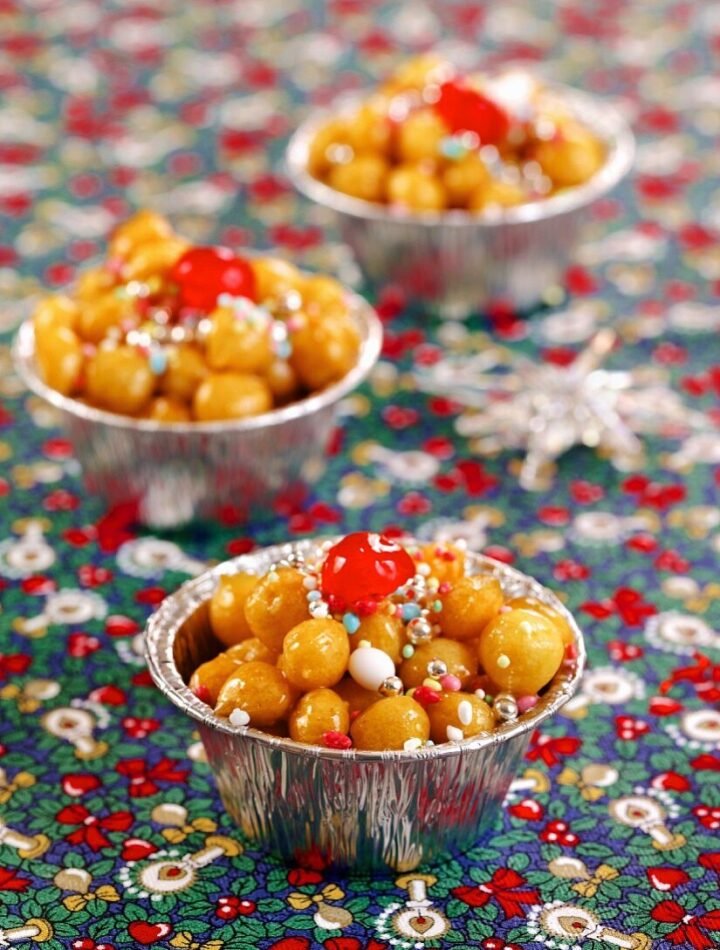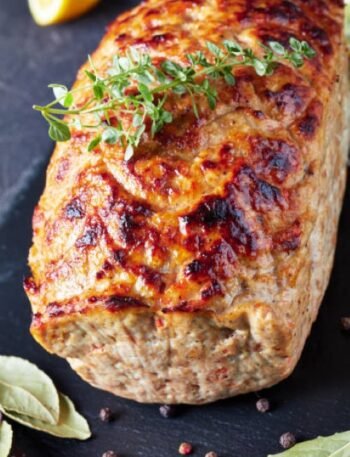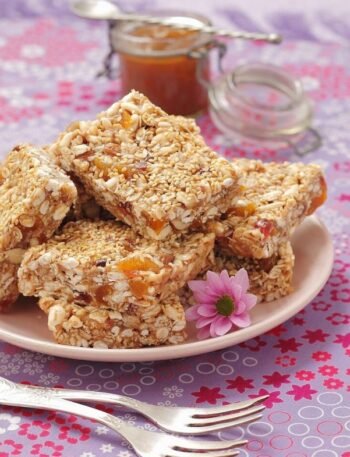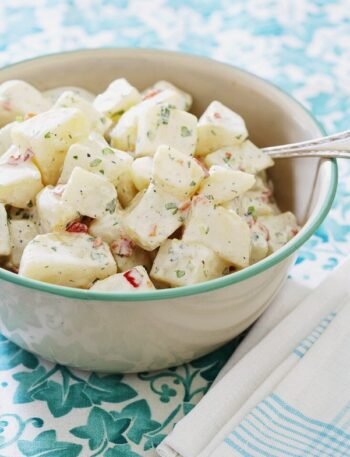Struffoli is a traditional Italian dessert made of small, deep-fried balls of sweet dough. These dough balls are crunchy on the outside and soft inside, then coated in honey to add sweetness. Struffoli is most commonly served during festive occasions like Christmas and Easter, making it a well-loved treat in Italian households.
The dough balls are often decorated with colourful sprinkles or candied fruit, creating a visually appealing dish. They are sometimes shaped into a wreath or piled into a mound, making struffoli both a tasty and decorative addition to holiday tables.
This simple yet unique dessert has roots in Naples and shares similarities with other fried dough treats found in Italian cuisine. Its mix of textures and rich honey flavour makes it a memorable part of Italian celebrations.
What Is Struffoli?
Struffoli is a sweet Italian dish made of small, deep-fried dough balls coated with honey. It is popular during holiday seasons and is often decorated with colourful candies or nuts. Its texture is crunchy outside and light inside, creating a unique eating experience.
Ingredients in Struffoli
The main ingredients in struffoli include flour, eggs, sugar, butter, and sometimes a flavouring like anise liquor or lemon zest. The dough is rolled into small balls, roughly the size of marbles.
Honey is a key component, used to coat the fried dough balls, giving struffoli its sweet and sticky finish. Many also add colourful sprinkles or candied fruit on top for decoration and extra sweetness.
Some recipes call for a pinch of salt and baking powder. Nuts such as almonds or pine nuts may be added for texture but are not essential.
Traditional Preparation Methods
Struffoli dough is prepared by mixing flour, eggs, sugar, and butter into a smooth consistency. It is then shaped into small balls and deep-fried until golden and crisp on the outside.
Once fried, the balls are drained and tossed in warm honey to coat them evenly. After coating, they are often piled into a mound or shaped into a ring or cone.
Decoration with coloured candy sprinkles or small pieces of candied fruit is typical. The honey hardens slightly, creating a sticky, crunchy surface while maintaining a softer centre.
History and Origins
Struffoli originated in Naples, Italy, and is a traditional dish especially linked to Christmas and Easter celebrations. The dessert reflects local culinary customs of frying dough treats and coating them with honey.
Variations of struffoli exist across Italy, with different names in regions like Sicily and Apulia, where the recipe may include different spices or liquors. This dessert has remained popular over centuries as part of Italian festive cuisine.
Struffoli in Italian Culture
Struffoli holds a special place in Italian tradition. It is both a festive treat and a symbol of family and good fortune. The way it is served, its variations, and the occasions it marks reveal much about Italian cultural values.
Occasions for Serving Struffoli
Struffoli is most commonly served at Christmas and New Year celebrations. It is also enjoyed during Easter and other important holidays. In some parts of Italy, it appears at weddings and special family gatherings.
The round shape of the tiny fried dough balls is seen as a symbol of unity and completeness. Italians believe that serving struffoli brings good luck and prosperity. Sharing it often means sharing wishes for happiness and blessings.
Regional Variations
Different regions of Italy have their own takes on struffoli. In Naples, where it originally comes from, the dough is fried until golden, then coated in honey and sometimes decorated with sprinkles or nuts.
Northern Italy might add different flavourings or serve it less sweet. Ingredients may vary, but the core recipe—small fried dough balls with honey—remains the same. This diversity highlights Italy’s rich culinary traditions.
Serving and Presentation
Struffoli is typically shaped into a ring or a pyramid for serving. The dessert is coated in warm honey, making the balls sticky and shiny.
It is often decorated with colourful nonpareils or chopped nuts, adding texture and festive colour. Presentation aims to be both attractive and inviting, making struffoli a decorative piece on the holiday table.





